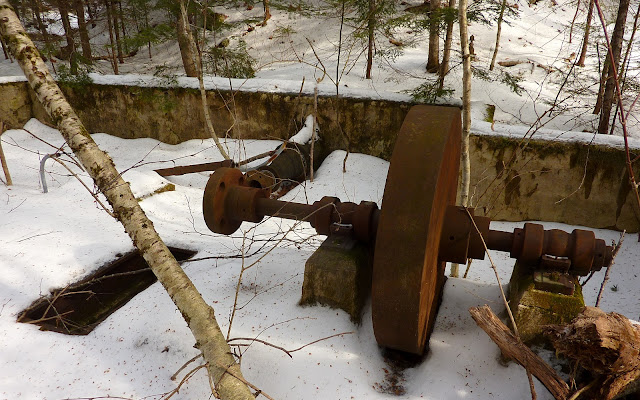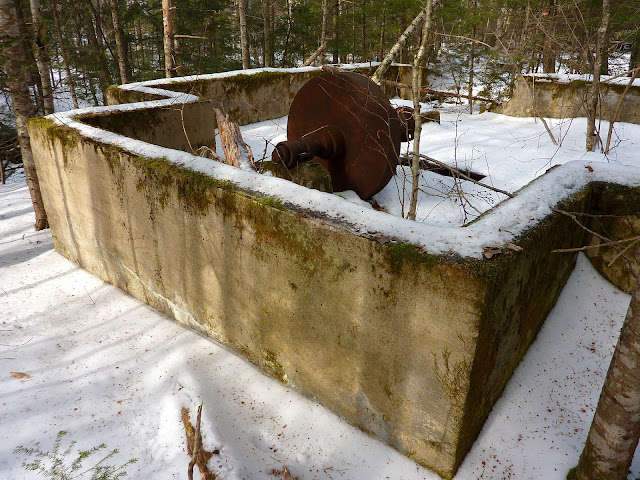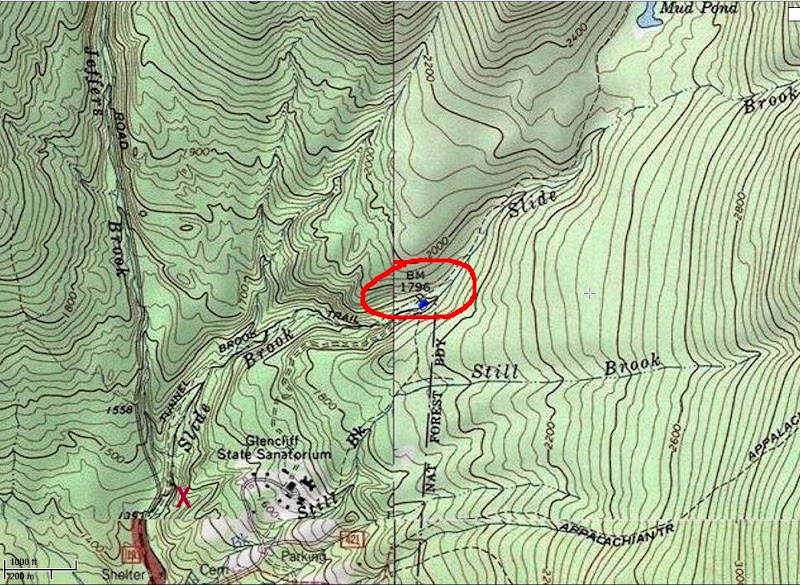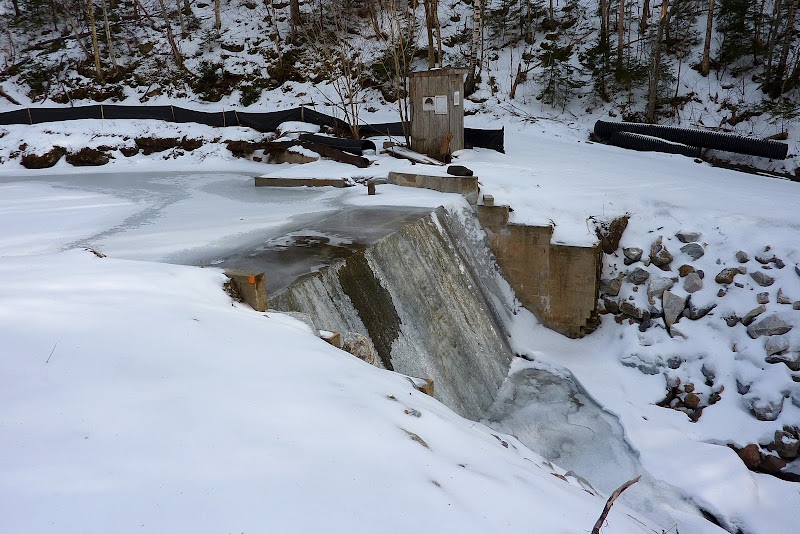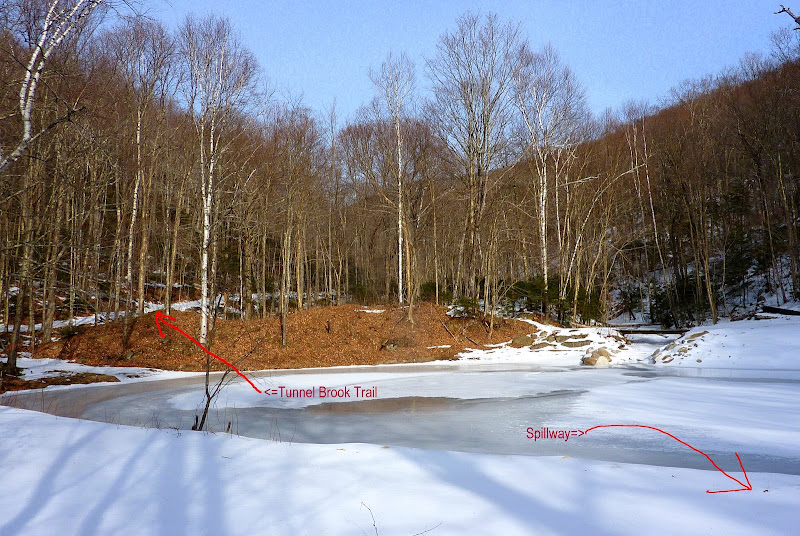Roy: I think you're absolutely correct about the possibility that someone at the Glencliff Home's maintenance department would be a good source of info. Might pursue that angle!
Andrew + Peakbagger: Thanks for info that you posted about Cascade Alpine Brook.
And Andrew, I loved the Blog report that you and Lindsay posted about the falls. That destination has been on my radar for awhile!!

===========================
FOLLOW-UP INFO SINCE ORGINAL POSTING OF MY QUESTION:
Subsequent to posting my question, I ran across an article in a 2003 edition of Dartmouth Medicine (click
HERE). As might be expected, a lot of this article pertains to medical issues. However, there are some interesting statements that might pertain to the abandoned structure that I found while hiking in the woods near the Glencliff Home.
Near the middle part of the article there is a statement which reads:
"In the early 1900s, Glencliff was a self-sufficient community . . . Electricity, water, and sewage disposal were all provided by the nearby town of Glencliff."
But then toward the end of the article, there is a statement which reads:
"Glencliff continues to generate its own electricity, using a system of pipes running from a pond on the side of the mountain to a turbine several hundred feet below."
It seems like the two statements above are somewhat at odds with each other. I mean, if the town of Glencliff provided electricity to the old Glencliff Sanatorium in the early 1900s, then why would it be stated that "
Glencliff continues to generate its own electricity . . ."?? Maybe I'm just misinterpreting something??

Regardless, if nothing else, I thought some readers might find the Dartmouth article to be mildly interesting.
